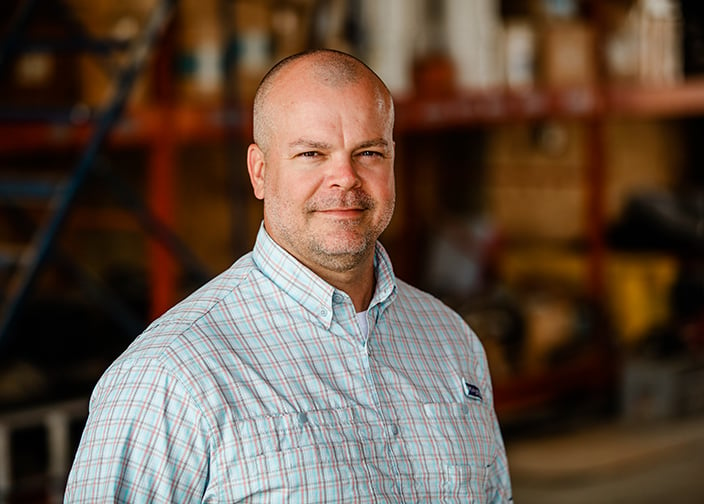An AMI Water Meter
Solution that Paid for Itself

The Challenge: Exceptional Growth and Aging Meters
Like many utilities on the edge of an expanding urban area, Milcrofton Utility District is exploding with growth. The area consists of vast tracts of land in transition from farms to residential neighborhoods. This once-small utility supported the area around Franklin, Tennessee, a suburb of Nashville, with mechanical meters and two meter readers.
As development expanded, single connection points multiplied by the hundreds, and aging mechanical meters began to fail. Meanwhile, Milcrofton was paying a premium for wholesale water. Faced with financial risk and a loss of faith in their existing meter, Milcrofton began looking for a new advanced metering infrastructure (AMI) solution.
“Our guys had basically lost faith in the meters we had.”
– Mike Jones, General Manager, Milcrofton Utility District, Tennessee

Milcrofton Utility District Infrastructure
Milcrofton Utility District was established to provide water to local farmers and families in the Millview and Clovercroft communities outside Franklin, Tennessee. These days, Milcrofton provides water service to a rapidly growing residential population. Of the 11,000 service connections in the district, 99.8% are meters under 2”. The service area covers 94.2 square miles and consists of 330 miles of water mains.
Milcrofton purchases all of its water from surrounding utilities as there is no water source or treatment plants of its own. As a result, water is expensive in Milcrofton, and water is the only service for which the district receives revenue.
The Solution: The Meter that wouldn't Break
Milcrofton began their search for a new meter, and Kamstrup was one of many tested. At first, the FlowIQ® 2200 composite meter was met with skepticism from the Milcrofton team as they were reluctant to trust what they considered to be a plastic meter.
Jose Hlailel, Director of Distribution Sales at Kamstrup, encouraged the Milcrofton team to try and break the meter. They put the meter in the meter setter and used a 24” pipe wrench to tighten the threads. It was a deliberate attempt to damage the composite threads and one that they knew would mangle a brass meter.
When the Kamstrup meter emerged intact, the team was surprised, impressed and eager to see what it could do in the ground. Kamstrup’s in-ground performance, durability and low-flow detection quickly won over the team, and the decision was made.

The Risk that Paid Off
As General Manager for Milcrofton Utility District, Mike Jones led the search for a new meter solution, but his efforts were met with some constraints. His team was initially hesitant to try a composite meter, and the utility’s Board was reluctant to break ties with their existing meter company.
But Mike Jones wanted the best meter for Milcrofton and a meter that would last for 10 years or more. Milcrofton needed an AMI solution that would allow their small team to continue to administer more and more connections. And with nearly 100% of connections consisting of small meters, they needed the lowest flow detection available to ensure profitability.
Buying a meter system is a huge investment for any utility and choosing Kamstrup was a risk for Mike Jones. Not only was he signing up to be Kamstrup’s first AMI system in the U.S., but he was also going against the advice of his Board. It was a risk that paid off. In the first three years alone, Milcrofton recouped half the cost of their expenses.

“Buying a meter system is a huge investment for any utility or municipality, and for Milcrofton, in the first three years alone, we were able to recoup about half of our ROI expenses already.”
– Mike Jones, General Manager, Milcrofton Utility District, Tennessee

Return on Investment
In the first three years that the Kamstrup meters were installed, Milcrofton’s revenue grew by $1.6 million. And in only four years, Milcrofton reversed course, going from a 22% water loss in 2017 to a 17.46% growth in revenue. The utility estimates that they will pay for their system in full in under seven years. They attribute this reversal to FlowIQ® 2200’s low-flow detection. Meanwhile, their water purchase has flatlined.
Operating expenses have also decreased by seven percent at Milcrofton with the transition to AMI. Milcrofton reports that customer service has increased, and customers are now notified within 24 hours of a leak being detected. The team has found the AMI system easy to use and the data valuable. Their interactions with customers are more informed, more conclusive and far more satisfying for everyone involved.
